The SRAM Red AXS wins its first Tour
SRAM has more and more relevance in the world of road cycling. Since it launched its current Red AXS in 2019 with an aggressive policy of OEM mounts, it is increasingly present in the setups. Something that is reflected in its commitment to the competition that now has its reward with the winning of the Tour de France by Jonas Vingegaard returning the American firm to the top of the best race in the world, something that had not happened since in 2009 Alberto Contador achieved it, at that time, with a mechanical Red.

Jonas Vingegaard leads the SRAM Red AXS to the top
SRAM's sponsorship of Jumbo-Visma, with which the Dutch team began using the American brand's wireless electronic groupsets at the start of the current campaign, couldn't get off to a better start. With the Giro d'Italia and the Tour de France already accomplished, they are now preparing to round off the campaign with the red jersey of La Vuelta a España.
This sponsorship is in addition to those of Movistar Team and Lidl-Trek, which have been using SRAM Red AXS for several years now, not without some controversy at times.
RECOMENDADO
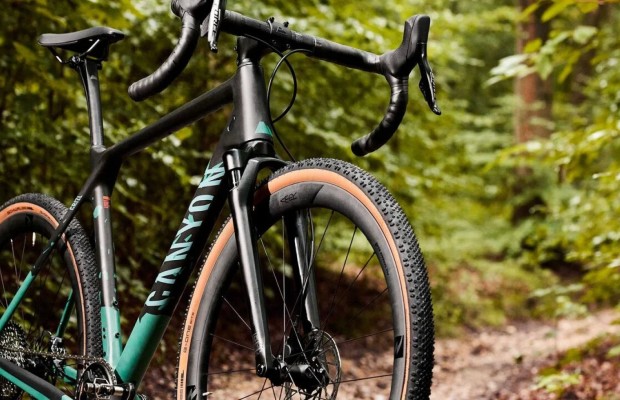
Do you need suspension on your gravel bike?
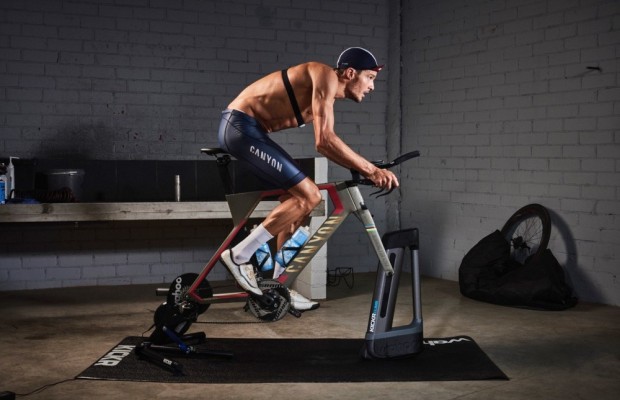
A real workout saver of only 56 min on the turbo trainer
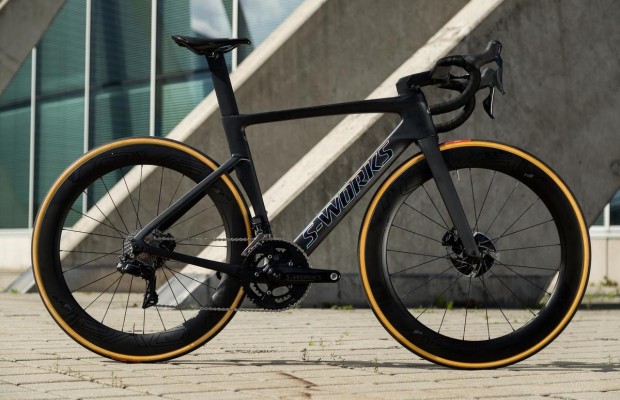
Which profile wheels to choose according to the area where you live: mountain, flat or coast
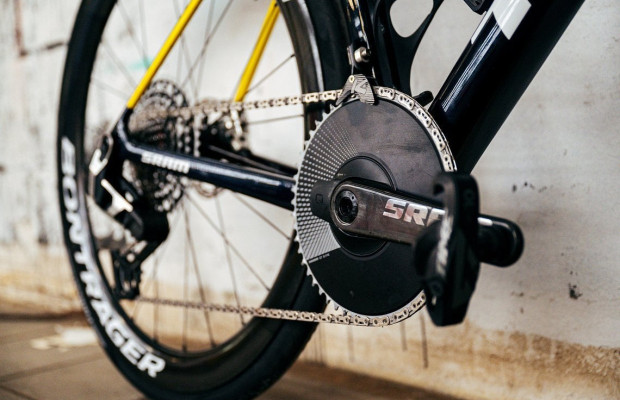
Will the single chainring prevail on the road? This is the state of technology today

How to wash your cycling clothes? 10 keys to make them always look new
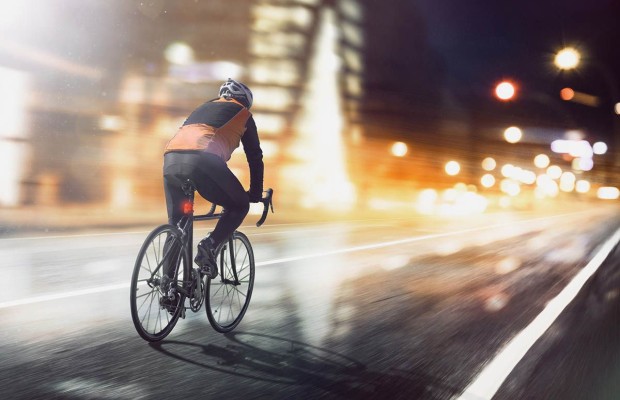
Cycling can help you fight the effects of the time switch
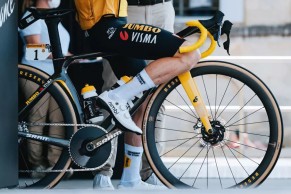
We have to go back to 2019, when SRAM introduced its current SRAM Red AXS, which replaced the previous 11-speed Red and updated its AXS wireless technology to make it compatible with its entire range including mountain groupsets and accessories such as its unique electronically actuated dropper post.
A groupset that was born from the prism of versatility, trying to cover from gravel to long distance triathlon through, of course, road racing, being able to work indistinctly in double or single chainring configurations. It highlighted the paradigm shift in the developments since, on the basis of its XD-R cassettes with 10-tooth sprocket, it opted for a combination of chainring cogs that brought controversy from the first minute.
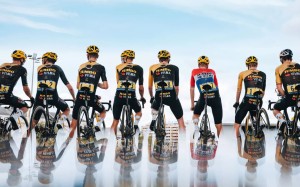
The brand proposed 50/37 chainrings for the pros which, in combination with the 10-tooth sprocket, should provide sufficient development for them. However, complaints soon began from Movistar Team riders who blamed their poor results that season on the strange developments. The brand finally had to give in, producing 52/39 chainrings exclusively for them, since they were not initially marketed, although they can be found today with 54/41 and 56/43, truly monstrous combinations.
In any case, SRAM launched a tough challenge to Shimano in the eternal struggle to gain market share not only with a well-designed groupset with fast, precise and efficient operation. It also accompanied this launch with an aggressive policy of standard setups, reaching agreements with numerous brands that from the very day of its presentation flooded the market by equipping their top-of-the-range bikes with the new Red AXS.
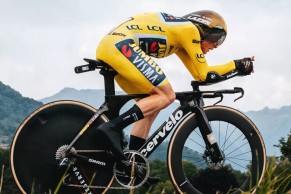
As we said, at the beginning of this season SRAM made a turn of the screw in its marketing investment and unexpectedly took over the sponsorship of Jumbo-Visma, once one of the structures with direct factory sponsorship from Shimano, which also has its European headquarters in the Netherlands.
Already in the same cyclocross campaign we saw Wout van Aert using from the first days of January the star group of the Americans winning one race after another on the new Cervélo cyclocross. Something that was repeated in the show that the Belgian gave us in the classics despite not being as successful as we are used to.
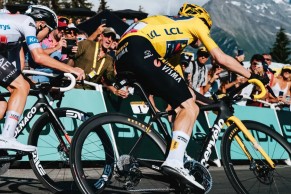
From there we arrived at the Giro d'Italia where Primoz Roglic surprised us in the last and hard stages in the Dolomites resorting to gravel bike developments with a single chainring combination that almost gave him a scare when the chain came off in the decisive final time trial.
All options for Vingegaard
Jonas Vingegaard has not had any scares in the mechanical aspect, who surprised us by using the single chainring configuration in the first stage, classic style, in the surroundings of Bilbao and in the rest of the flat stages, although, unlike Roglic, on the Cervélo S5 aerodynamics, renewed in the middle of last year and already with this use in mind. In fact, it's a configuration we've already seen Wout van Aert use in events like Milan-San Remo. The development chosen by Jonas Vingegaard these days was a 52-tooth chainring combined with a 10-36 cassette. All this in order to make the S5 as light and aerodynamic as possible.
In the rest of the Tour de France, using the R5 climber, Jonas Vingegaard has opted for the 52/39 chainrings in combination with the 10-33 cassette, or even the 10-36 on the hardest stages to cope with the terrible ramps they encountered on some passes such as Marie Blanque, Puy de Dome or Col de la Loze.
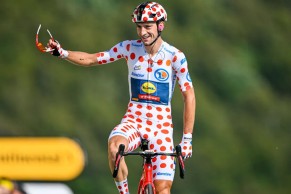
For the decisive time trial stage, the Dane's weapon was the brand new P5 equipped with a very hard 56/43 combination and 10-33 sprockets that Vingegaard was able to move with total ease to practically seal the race that day.
It has also been a productive Tour de France for SRAM through another of its sponsored teams, Lidl-Trek, with Giulio Ciccone taking the coveted mountains jersey and winning a stage with Mads Pedersen.